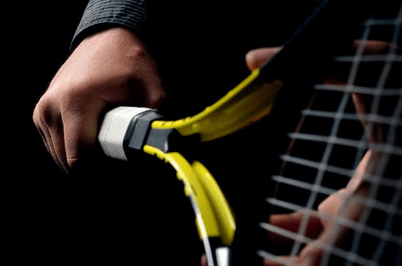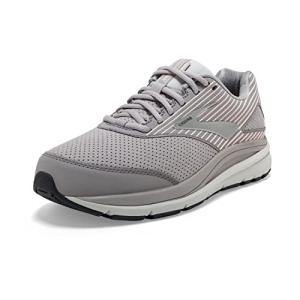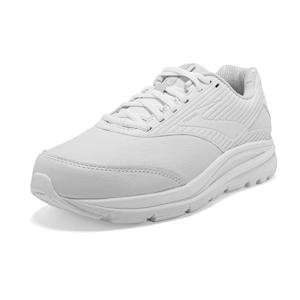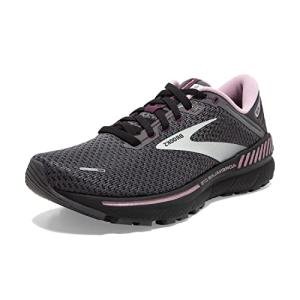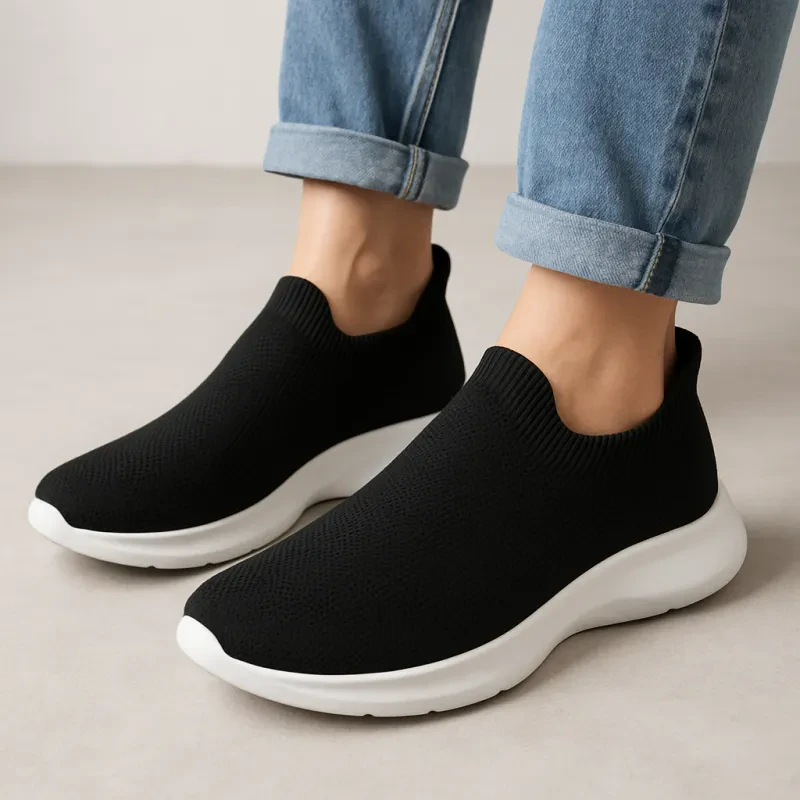When it comes to finding the perfect tennis racket for you, there are several important factors to consider. First and foremost, think about your playing style and skill level. Are you a beginner looking for a lightweight and forgiving racket, or are you a more advanced player in need of a heavier and more powerful option? Understanding your strengths and weaknesses on the court is key to finding the right tennis racket for you.
Next, think about the type of court surface you will be playing on most often. Different tennis rackets are designed for specific court surfaces, so it's important to choose one that will best suit your playing environment. If you primarily play on hard courts, for example, you may want a racket that provides more power and stability. On the other hand, if you play on grass or clay courts, you may need a racket with more control and spin.
Another important factor to consider when selecting a tennis racket is the grip size. The grip size of a racket can greatly impact your comfort and control while playing. Make sure to choose a grip size that feels comfortable in your hand and allows you to maintain a strong hold on the racket throughout your matches. Additionally, consider the racket's head size, string pattern, and overall weight when making your decision. By carefully considering these factors, you can find the perfect tennis racket to enhance your game on the court.
Finding the Right Grip Size
To determine the correct grip size for you, start by measuring the distance from the middle crease of your palm to the tip of your ring finger. This measurement will correspond to a specific grip size, which is typically indicated in inches on the racket handle. Keep in mind that grip sizes can vary between brands, so it's important to try out different options to see which one feels the most comfortable and secure in your hand.
It's also worth noting that the right grip size can vary depending on your playing style and preferences. For example, players who prefer a more powerful and aggressive game may opt for a larger grip size to generate more power and control. On the other hand, players who prioritize speed and maneuverability may prefer a smaller grip size for increased flexibility and agility on the court.
Weight and Balance Preferences
When choosing the perfect tennis racket for you, it's important to consider your weight and balance preferences. The weight of a tennis racket can greatly impact your performance on the court. A heavier racket provides more power and stability, making it easier to hit powerful shots. On the other hand, a lighter racket offers more maneuverability and control, allowing for quick and precise shots. It's essential to find a balance that suits your playing style and level of expertise.
The balance of a tennis racket refers to where the weight is distributed along the racket. Rackets can be categorized as head-heavy, head-light, or evenly balanced. A head-heavy racket provides more power on groundstrokes and serves, while a head-light racket offers better control and maneuverability at the net. An evenly balanced racket strikes a balance between power and control, making it a versatile option for all-around play. Experimenting with different balance points can help you determine which type of racket works best for your game.
Ultimately, the weight and balance preferences of your tennis racket will depend on your personal preferences and playing style. It's important to test out different rackets and get a feel for how they perform on the court. By finding the right weight and balance for you, you can enhance your gameplay and reach your full potential as a tennis player. Make sure to consider these factors when selecting the perfect tennis racket for your needs.
Choosing the Best String Tension
When it comes to finding the perfect tennis racket for your game, one of the most important factors to consider is the string tension. String tension refers to how tightly the strings are pulled when they are strung on the racket. The right string tension can have a huge impact on your playing style and overall performance on the court.
Low-string tension provides more power and is more forgiving on off-center hits. This can be especially beneficial for beginner players who may not have as much control over their shots yet. On the other hand, higher string tension offers more control and allows for better precision and spin. More advanced players tend to prefer higher string tensions for this reason. Experimenting with different string tensions can help you find the one that works best for your playing style.
It's important to note that the best string tension for you will ultimately come down to personal preference. Some players prefer a middle-of-the-road tension that offers a balance of power and control. Others may find that they have better results with extreme high or low tensions. Ultimately, the best way to determine the ideal string tension for your tennis racket is to try out different options and see how they impact your game.



